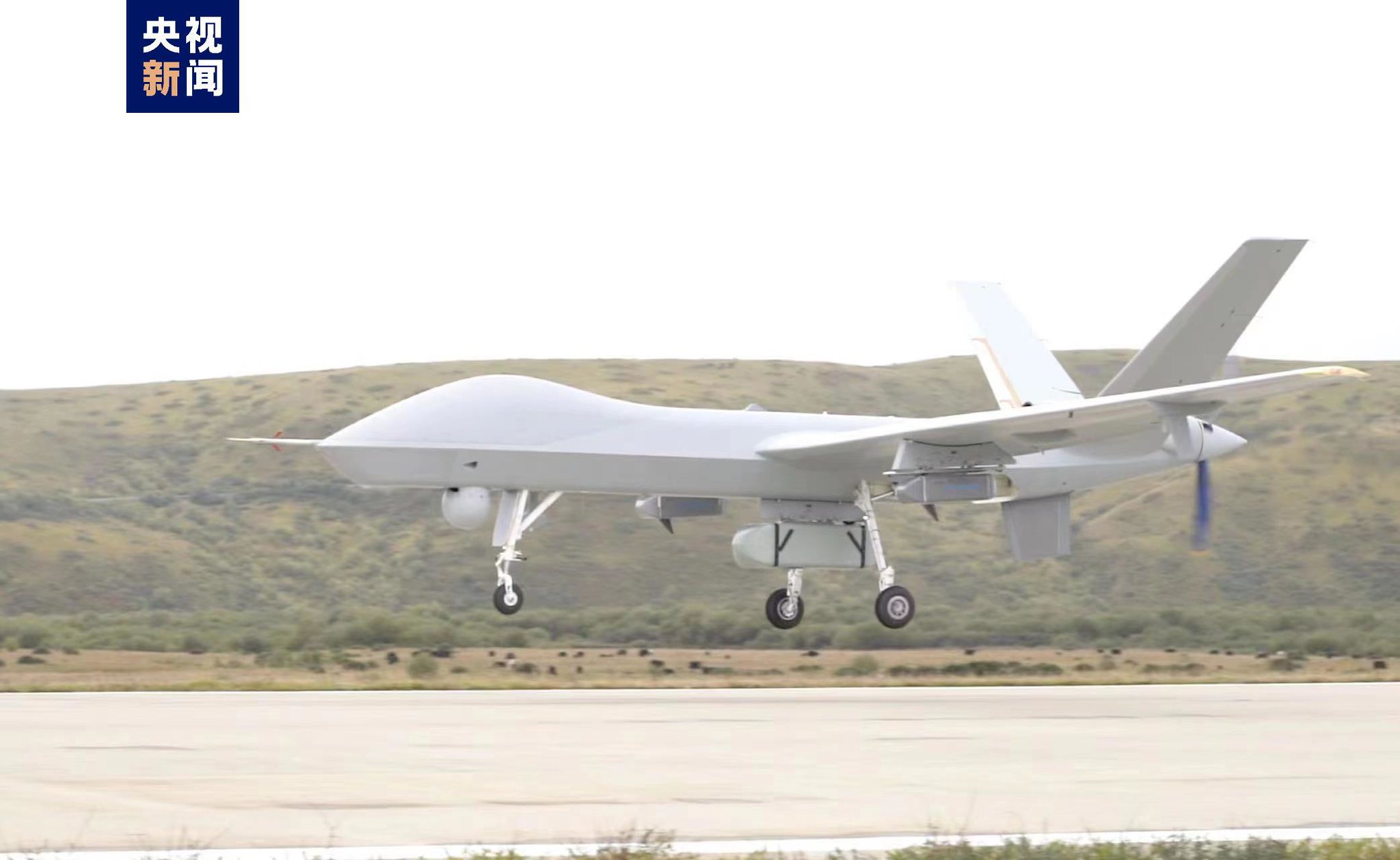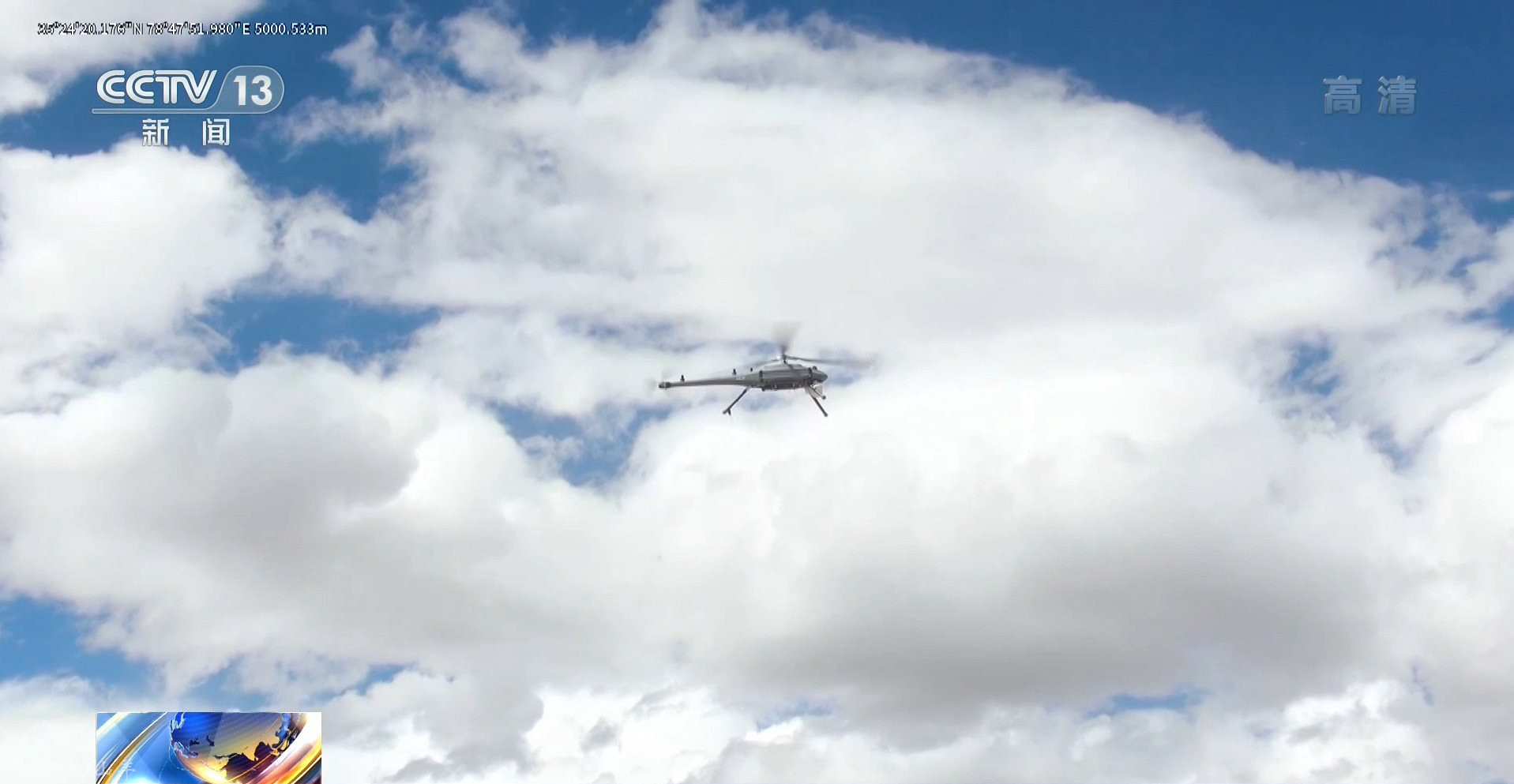China’s large UAV completes first meteorological observation operation in Qinghai-Xizang Plateau
By Global Times Published: Sep 18, 2022 01:20 PM
The first test flight of the domestically developed plateau meteorological observation variant of Wing Loong II drone in China's Qinghai-Xizang Plateau was conducted successfully over the weekend, which will provide more data for ecological protection on the plateau and scientific response to climate change.
The deployment of large UAV to the Qinghai-Xizang Plateau is part of projects initiated by the China Meteorological Administration (CMA). This year, the CMA together with other 16 organizations, including the Aviation Industry Corporation of China, used Chinese-made Wing Loong II drone to conduct the observation tests in Southwest China.
The test was carried out in the snow-capped Amne Machin range, located in Sanjiangyuan, which is home to the headwaters of the Yangtze, Yellow and Lancang rivers. During the test, 12 radiosondes were dropped to scan the vertical and underlying surface of the atmosphere over the Qinghai-Xizang Plateau together with the airborne synthetic aperture radar and atmospheric microwave comprehensive profiler.
The successful transmission of a group of observation data including cloud system distribution, water vapor structure, wind field and underlying surface in the source of three rivers to the ground signifies the success of first test flight of the domestically developed high-altitude large-scale UAV plateau meteorological observation in China.
It provides key scientific data for scientifically analyzing the evolution of weather and climate systems and the influence of low-latitude ocean water vapor into China. It is of great significance for China to further improve the accuracy of weather forecast in Southwest China and build the defense line of meteorological disasters.
Xu Xiangde, an academician from the Chinese Academy of Engineering and chief consultant to the experiment, said with the mobile observation of high-altitude large UAVs, a larger vertical observation data of the Qinghai-Xizang Plateau had been obtained, which makes up the shortages of relevant data in the region.
The Qinghai-Xizang Plateau, known as the roof of the world, has a great impact on climate change in China, East Asia and even the world.
The new understanding of the vertical detection of the atmosphere, the 3D structure of the water cycle, and the water supply in the source of three rivers and Xizang's Bomi, known as the hometown of glaciers, will become an important basis for decision-making on water resources and ecological security in the plateau against the background of climate change, Xu said.
After the first drone flight in the Qinghai-Xizang Plateau, the CMA also plans to conduct multiple tests relating to vapor channels, glaciers and regional water supply of the "source of three rivers," in order to build a sky-based observation system with the large UAVs as the main body, providing enriched data for ecological protection on the plateau and a scientific response to climate change.






